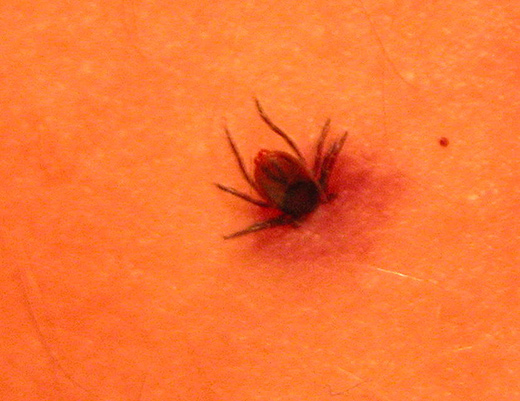Caused by the bacterium Borrelia burgdorferi and transmitted through the bite of infected ticks, Lyme disease often begins with symptoms such as fever, fatigue, headache, and a telltale bullseye rash. While most people recover completely following the standard antibiotic treatment, some patients continue to experience lingering symptoms. This leads to a condition known as Post-Treatment Lyme Disease Syndrome (PTLDS), commonly requiring treatment from a Lyme disease specialist. Here’s more information on PTLDS and its impact:
What Are Vector-Borne Illnesses?
Vector-borne illnesses are infections passed on by living organisms, often insects or animals, that carry harmful pathogens. These vectors play a pivotal role in the transmission of diseases through bites or exposure to infected bodily fluids. Common vectors include:
- Ticks
- Spiders
- Fleas
- Lice
- Black flies
Examples of diseases caused by these vectors range from Lyme disease and tick-borne relapsing fever to parasitic and viral infections such as babesiosis, Rocky Mountain spotted fever, and ehrlichiosis. Patients may not recall the specific insect bite responsible for their infection, further complicating diagnosis and treatment. The symptoms of vector-borne illnesses commonly include fever, fatigue, headaches, muscle or joint pain, and sometimes rashes. Without timely medical intervention by a Lyme disease specialist, these infections may trigger severe and chronic health issues.
What Is Post-Treatment Lyme Disease Syndrome?
Post-treatment Lyme disease syndrome occurs when individuals who have completed treatment for Lyme disease continue to experience symptoms for six months or longer. These symptoms may include fatigue, joint pain, cognitive difficulties (often referred to as brain fog), and persistent headaches. The exact cause is unknown.
How Can It Impact People?
Those living with the syndrome might struggle to maintain daily routines due to debilitating fatigue and chronic pain. Cognitive challenges, such as memory issues or difficulty concentrating, can impact professional and personal relationships. The condition can also take a toll on emotional well-being, and some can develop depression.
What Are Some Management Options?
While there is currently no definitive cure for PTLDS, various management approaches are available to help alleviate symptoms and improve quality of life. These options include:
- Symptom-Specific Treatment: Medications for pain management, sleep regulation, and mood stabilization are frequently prescribed.
- Physical Therapy: Targeted exercises may help improve mobility and joint function.
- Nutritional Support: A balanced diet and anti-inflammatory foods could help minimize chronic inflammation.
- Alternative Therapies: Acupuncture, mindfulness, and other complementary treatments are often used to promote relaxation and reduce overall stress.
- Ongoing Monitoring: Regular appointments with a healthcare provider familiar with PTLDS are key in addressing new or worsening symptoms and adapting treatment plans accordingly.
Contact a Lyme Disease Specialist Today
Living with post-treatment Lyme disease syndrome can be challenging, but support and management options are available. Early recognition and an individualized care plan can significantly improve quality of life. If you or a loved one is struggling with persistent symptoms post-treatment, connecting with a Lyme disease specialist is fundamental in navigating this condition. Reach out to a trusted healthcare provider or clinic today. Access to guidance and resources is there to help you develop a treatment plan.

